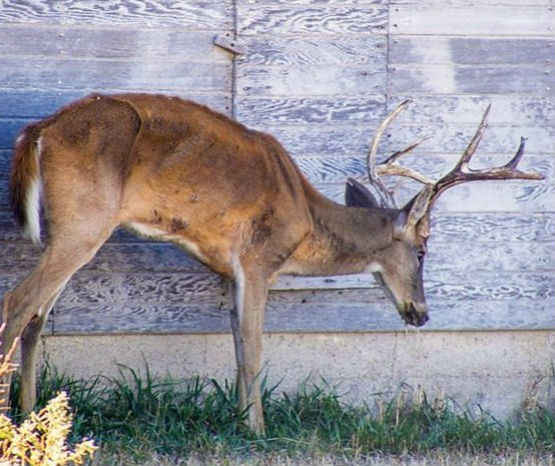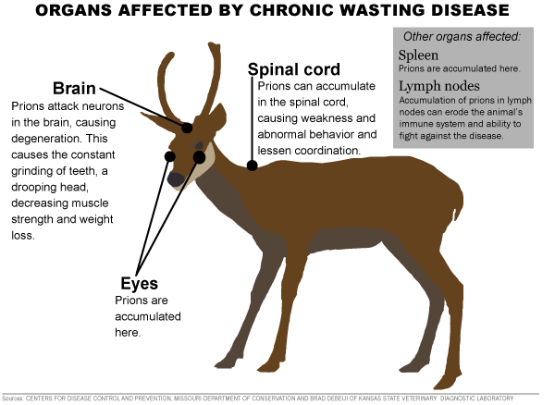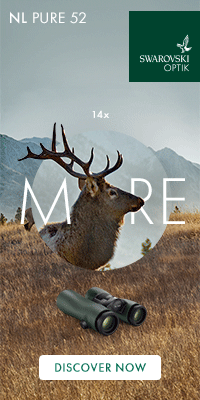Toby Worthington highlights the risks and precautions associated with this highly infectious disease and looks at the consequences of it spread to the UK.

Many readers will have heard rumblings of this disease in the shooting press over the last few months, however with the autumn fast approaching and the inevitable swell in deer stalking activity on the horizon, how many of us are aware of the necessary precautions that we should take in relation to Chronic Wasting Disease?
Chronic Wasting Disease (CWD) is also known as Cervid Wasting Disease, it is a highly infectious fatal disease which has devastated some populations of wild and farmed deer in North America. It has now also been recently diagnosed in Scandinavia in Reindeer and Moose.
Clearly with this highly infectious disease now on our doorstep, the risk of infection spreading to the UK has increased.
Effectively CWD is caused by a 'prion', a mutant folded protein, and belongs to the same group of diseases as Scrapie in sheep and goats and ‘mad cow disease’ (Bovine spongiform encephalopathy).
Known collectively as ‘Transmissable spongiform encephalopathies’ or “TSE’s”, CWD is the most infectious form of these. The name in fact suggests a body sickness however the main symptom is actually a degeneration of the brain and central nervous system.

The transmission of the mutant prion is via deer body fluids and body parts, including urine, faeces, saliva and body tissue from infected carcasses. The prion can remain infectious in the environment for an astonishingly long time, with evidence to suggest that in some cases this may be as long as 20 years when bound to surfaces such as soil particles and for several years on stainless steel. The infection defies normal disinfection and even some standard autoclave disinfection processes. Animals may take 18 – 24months to exhibit clinical signs of the disease during which time they become increasingly infectious.
Needless to say, CWD is a notifiable disease and suspicion of the disease in any animal must be immediately reported to your local Animal Health Office.
Of course if CWD becomes established in the UK, stopping its spread is likely to be impossible and the consequences dramatic. Prevention is undoubtedly the key word, as undoubted consequences will be the loss of a large number of deer, both wild and farmed and thereafter the inevitable result will be restrictions on stalking activities and the sale of venison.
So how might this disease be transmitted to the UK and what are the risks? A possible route of transmission is through countryside users bringing in prions from infected countries on contaminated footwear, clothing and equipment.
Therefore any persons who have travelled abroad to Canada the USA or Scandinavia should be aware of the biosecurity risks.
Precautions.
If you are a hunter or countryside user who has visited an at risk country, you should give some serious thought to leaving your clothing and boots behind and not remove them from the country. If you must bring them home, they should be meticulously cleaned. Body parts should also not be removed from the country or state which you have visited.
If you are a supplier of accompanied stalking you should advise your clients of the risks of CWD and make them aware of the contamination risks. You should also inspect the equipment and clothing of visitors to the UK for cleanliness.
Key Facts
CWD is fatal in any infected deer.
CWD is highly infectious and persists in the environment
There are no treatments or vaccines available to control the disease.
All current attempts to control the disease in infected countries have failed.
Preventing the spread of CWD to the UK is currently the only effective control measure.
There is no evidence to suggest that it causes disease in people or other species of animal.
For more information visit: http://www.bds.org.uk/index.php/research/chronic-wasting-disease-cwd
Our thanks to the Atholl Estate for there assistance in in the compiling the informtaion.



















